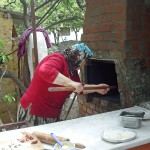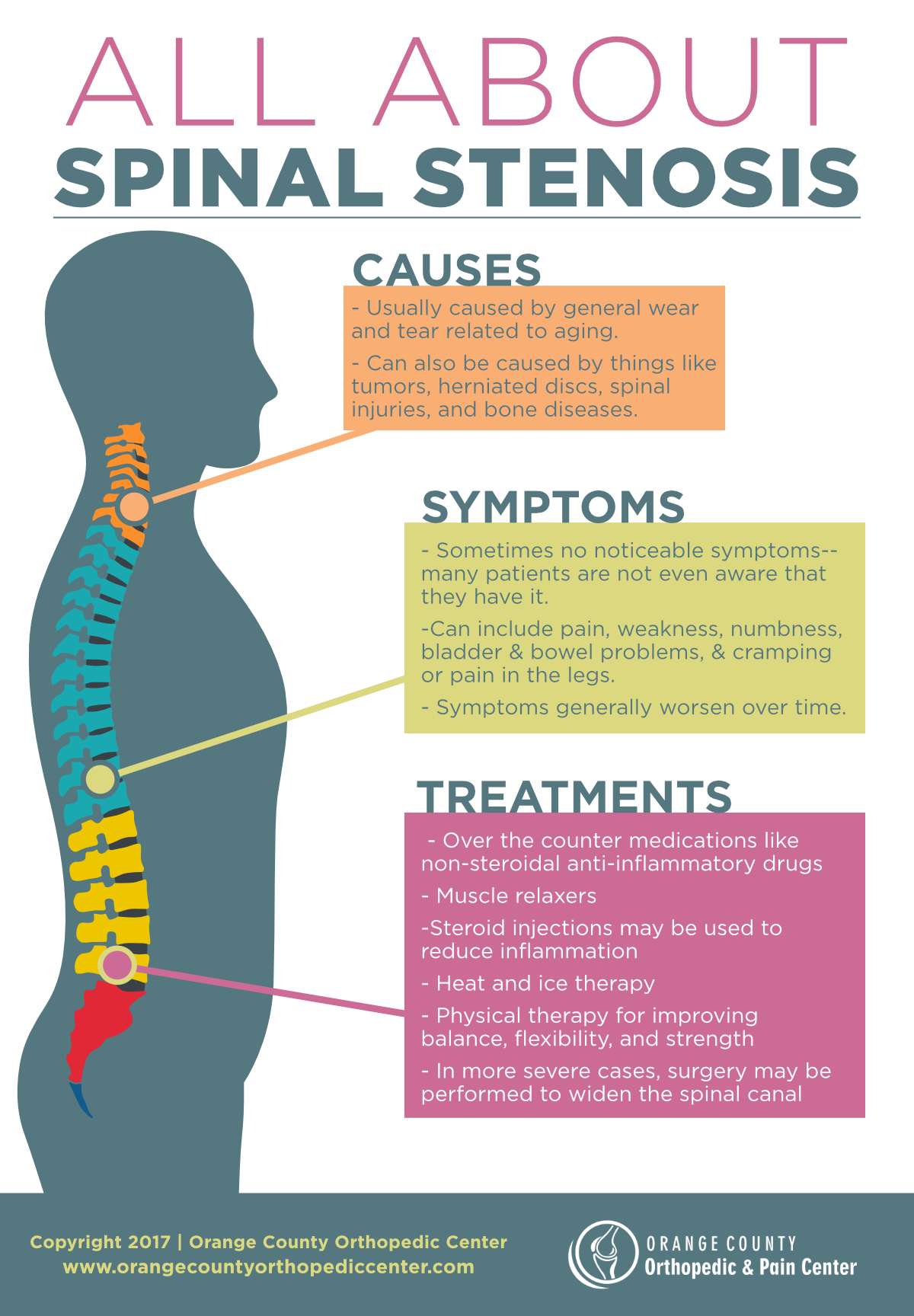
Sciatica patient
Welcome to the latest of our informational blog posts about common medical conditions. Today we turn our attention to Sciatica.
Sciatica can be defined as pain which is cause by damage or irritation of the sciatic nerves. For an overarching look at nerve pain please have a look at our previous blog on neuropathic pain here https://patienttalk.org/?p=281. It is a useful resource as we have had over 100 people sharing their experiences so you can learn a lot.
The sciatic nerve is the longest in our body. Starting at the pelvis and ending in both feet.
When the nerves are irritated typically the pain “radiates” from the back down the legs. Pain levels will vary from mild to severe. In some cases sciatica will clear up after a few days of its own accord but others may have a chronic (or long term) condition. It is worth noting that sciatic pain does not often affect much of the back making it different from back pain. You can find out more about the specifics of back pain here https://patienttalk.org/?p=389.
Sciatica can be caused by a number of things:-
a) Slipped disc. Also known as a herniated disc. This occurs when a spinal disc cracks and the gel inside breaks through and puts pressure on the sciatic nerve.
b) Spinal stenosis. This is the narrowing of the spinal nerve passages. The nerves can be squashed by the bones or ligaments causing the sciatica. Normally in older people.
c) Tumours on the spine
d) Infections
e) Cauda equina syndrome. This is very rare but occurs when there is pressure on the nerves at the end of the spinal column.
Treatments of sciatica depend on whether it is chronic or not. If it is just short term then over the counter painkillers can be used alongside hot or cold packs. Exercise is also recommended. You may be interested in the following article about people who suffer from pain and need some new techniques for keeping fit.
For those with a longer term version of the condition a structured course with a physiotherapist is suggested. In a very few cases surgery may be required.
Over to you. What was your experience of sciatica? Please feel free to share your story in the comments box below. In particular we are interested to know what sort of treatments you received and how effective they were!
We really look forward to reading your stories.
Thanks very much in advance.


